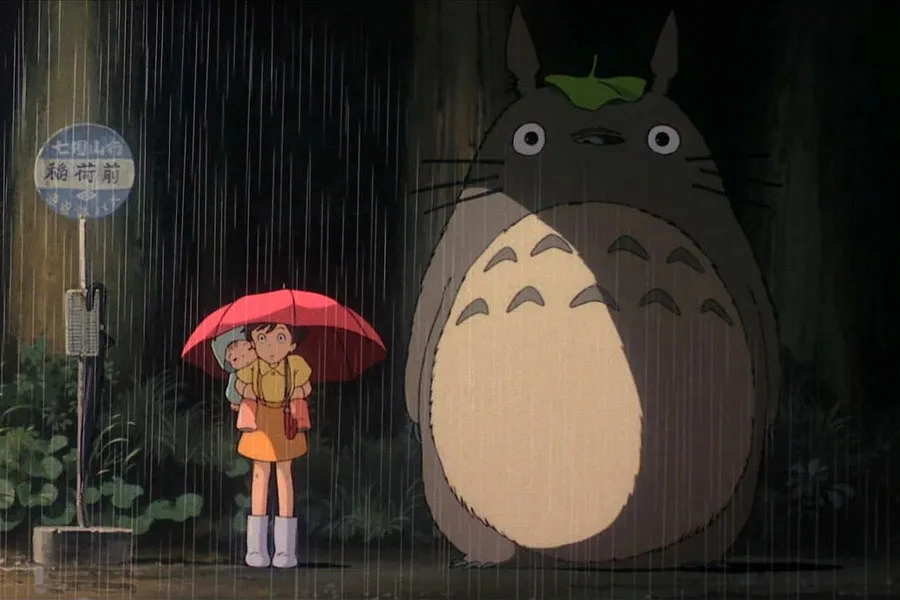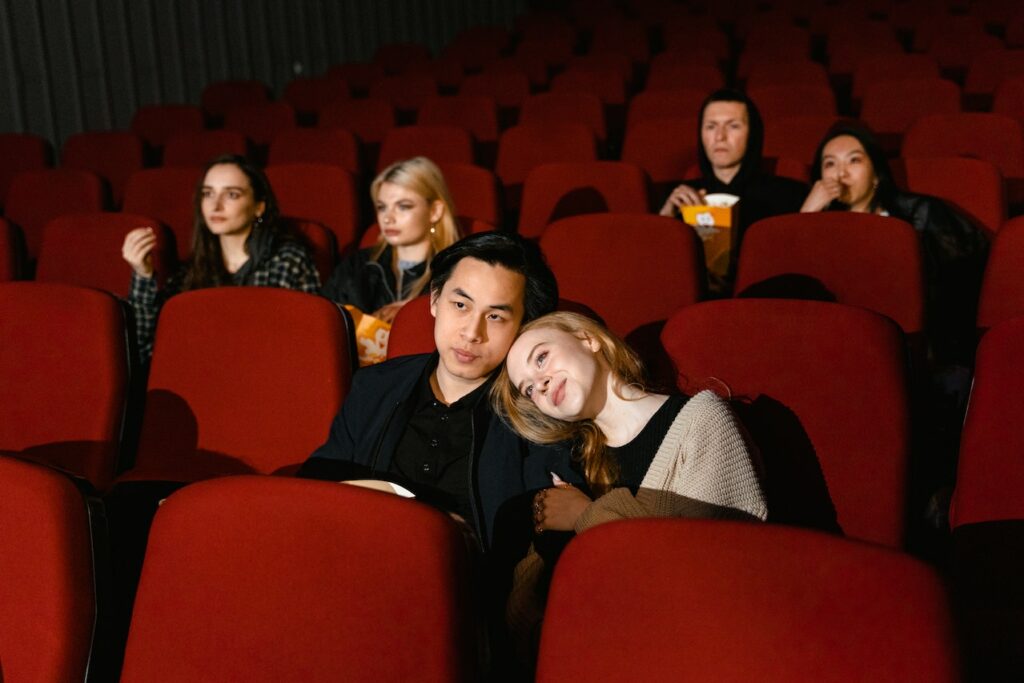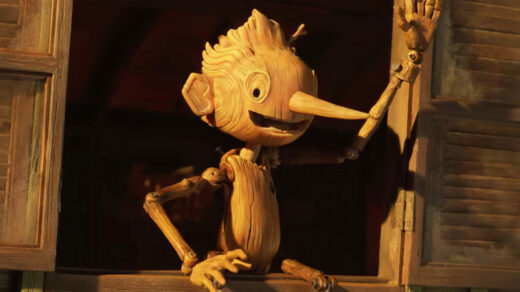Animation has a rich history that dates back to the late nineteenth century. Since then, animation has come a long way and has become an integral part of the entertainment industry. However, the negative stereotype that animation is only for kids persists to this day even though animation is art for all to enjoy.
Contrary to popular belief, animation is a versatile medium that can convey a wide range of emotions and ideas. It can tackle complex themes and storylines in ways that live-action films may not be able to. From heartwarming tales of love and friendship to thought-provoking explorations of societal issues, animated films can pack a punch and leave a lasting impact on viewers of all ages.
So why is animation so appealing to all demographics? Let’s delve deeper into the unique qualities of animation that make it an art form for everyone.
The Misconception that Animation is Just For Kids
Despite its rich history and contributions to the entertainment industry, animation has long been dismissed as a medium primarily intended for children. This negative stereotype persists even today, despite the fact that many animated films tackle complex themes and explore mature subject matter.
Animation in the Past
Some of the earliest animated works were created with adult audiences in mind. But somewhere along the line, animation gained a stigma as being for kids. In fact, Walt Disney wanted to create the animated film Fantasia to demonstrate that animation could be considered high art. Even back in the 1940s animation was commonly thought of as cartoons for children.
Animation in the Modern Era
In recent years, animated films such as “Inside Out” and “Zootopia” have proven that animation can be just as thought-provoking and emotionally impactful as live-action films. These movies explore complex themes such as mental health, societal prejudice, and the nature of identity. And movies like “Puss in Boots: The Last Wish” have been praised for their unique animation style. But what comes to mind when you think of an animated film’s intended audience?
The Negative Stereotype Surrounding Animation
Despite the versatility and maturity of the animated medium, many people still dismiss animated films as being solely for children. This is a misconception that does a disservice to the artistry and creativity of animated films, as well as their ability to reach and resonate with viewers of all ages. Animation is art and should be treated as such.

Animation as a Medium for Complex Storytelling
One of the reasons why animation can appeal to all demographics is its ability to tackle complex themes and storylines. Because animation is not limited by the constraints of live-action filmmaking, it can explore topics in ways that may not be possible in live-action films.
The Versatility of Animation
Animated films can use a wide range of visual metaphors and allegories to convey complex ideas and emotions. For example, the Pixar film “Inside Out” uses anthropomorphized emotions to explore the nature of human psychology and mental health. On the other hand, “WALL-E” tells a cautionary tale of environmental degradation and the dangers of consumerism through the eyes of a lovable robot.
The Power of Animation
Animation can also be used to create fantastical worlds and characters that would be impossible to realize in live-action films. This can allow filmmakers to explore themes and messages in creative and innovative ways. The Pixar film “Finding Nemo” uses the vastness of the ocean to tell a tale of fatherhood, accepting change, and coping with fear of the unknown in a way that no live-action film could.
Animation is also being used more in more as a powerful tool in live-action movies. To read more about that, check out our blog post on the Unreal and Unity Engines in films.
How Animation Enhances Storytelling
Moreover, animation can enhance the emotional impact of a film. Animated films can convey feelings in ways that can be difficult to achieve with live-action movies. For example, the creepy and eerie art design behind the characters and locations of “The Nightmare Before Christmas” helps to emphasize the twisted yet charming Christmas that Jack Skellington and his friends create.

The Unique Artistry of Animation
Animation is a medium that requires a unique combination of artistic and technical skills. Animators must be able to create compelling characters, design intricate backgrounds, and bring everything to life through movement and expression.
Animation as a Collaborative Art Form
In addition, animators often work collaboratively, bringing together the skills of artists, writers, sound designers, and musicians to create a cohesive and immersive film experience that has a look and feel unique to that of live-action films. This collaborative approach allows for a richness and depth of storytelling that can be difficult to achieve in other forms of filmmaking.
The Importance of Character Design and World-Building in Animation
Moreover, animation provides a canvas for experimentation and innovation. Animators can use a variety of techniques, from hand-drawn to computer-generated animation, to create unique and visually stunning films. For example, the stop-motion animated film “Kubo and the Two Strings” uses intricate puppets and sets to create a magical and immersive world.
The Technical Skill and Creativity Required in Animation Production
Animation also allows for the creation of stylized and iconic characters that can resonate with audiences on a deeper level. And the crafting of both their personalities as well as their appearances and movements requires plenty of hours spent by animators and voice actors. From the whimsical characters of Disney films to the expressive and relatable characters of Studio Ghibli films, animation has created some of the most beloved and memorable characters in film history even though they are just drawings on a screen.

The Appeal of Animation Across Demographics
Despite the misconception that animation is just for kids, animated films have demonstrated time and again their ability to appeal to audiences of all ages and backgrounds.
The Emotional Impact of Animation on Youth
For children, animated films offer colorful and entertaining characters, playful humor, and memorable songs that can ignite their imaginations and spark a love of storytelling. For teenagers, animated films can offer thought-provoking themes and complex characters that reflect their experiences and struggles.
If you want to see our thoughts on an animated film that touches on some thought-provoking points for young people, check out our blog post on Reflect.
The Emotional Impact of Animation on Adults
For older audiences, animated films can offer a nostalgic trip down memory lane or a chance to experience something new and visually stunning. Films like “The Lion King” and “Beauty and the Beast” have become cultural touchstones for multiple generations of moviegoers. Newer films like “Spider-Man: Into the Spider-Verse” have pushed the boundaries of animation with innovative techniques and storytelling and challenged what adults consider animation.
The Universality of Animated Films
Moreover, animation has the unique ability to transcend cultural barriers and reach audiences around the world. Animated films and shows from Japan, for example, have gained a cult following in Western countries, while Disney’s animated films have become beloved in countries around the globe. It’s clear that there is something about animation that grabs and intrigues many people of all ages and cultures, even if we tend to unjustly think of it as juvenile.

Conclusion
In conclusion, the misconception that animation is just for kids is a myth that needs to be debunked. Animation is art and can be enjoyed and appreciated by audiences of all ages and backgrounds.
From its ability to tell complex stories to the unique artistry and appeal of its characters, animation offers a medium that can ignite the imagination and stir the emotions. By recognizing animation as a form of art, we can appreciate its beauty, depth, and power to inspire and entertain.
So the next time you sit down to watch an animated film, remember that you’re not just watching a cartoon – you’re experiencing a form of art that has the power to capture the hearts and minds of people all around the world.
And if you have an idea for a film, animated or not, that you want to bring to life, submit your idea for one of our contests. You can win up to $10,000 in funding for a film idea by sending in just one sentence. You never know if your idea might be a winner, so submit your idea now and have the chance to see your dreams become a reality!




